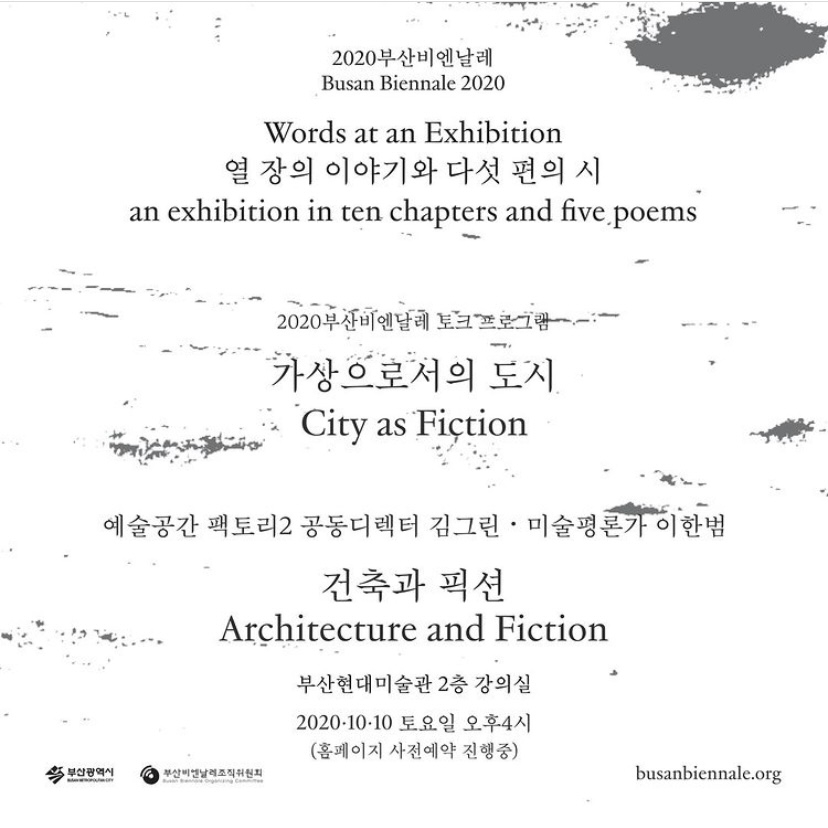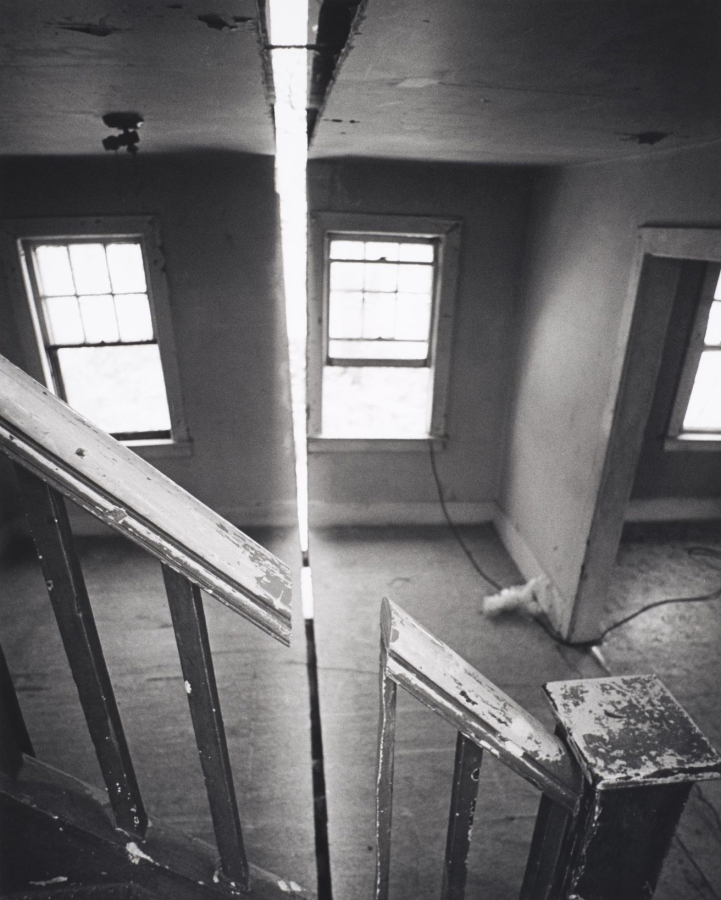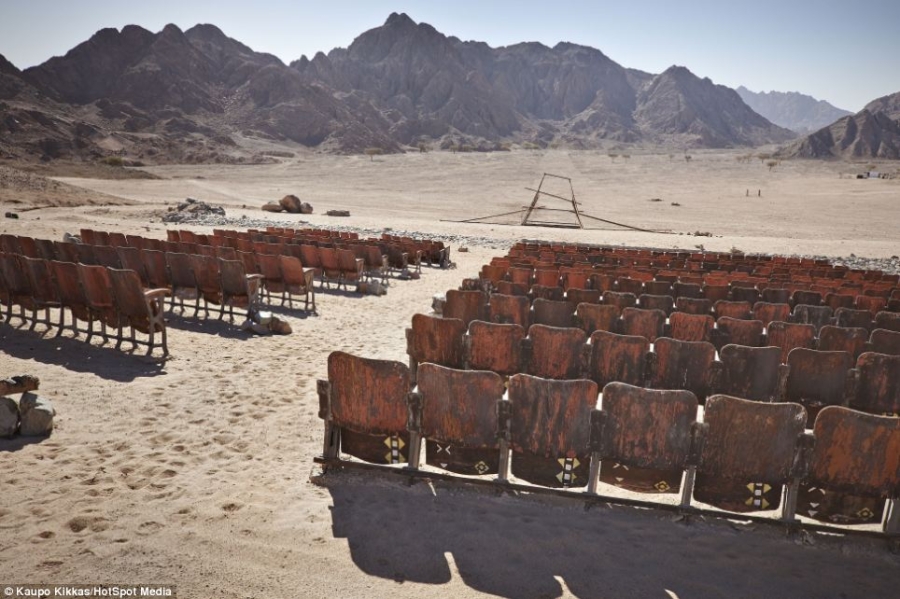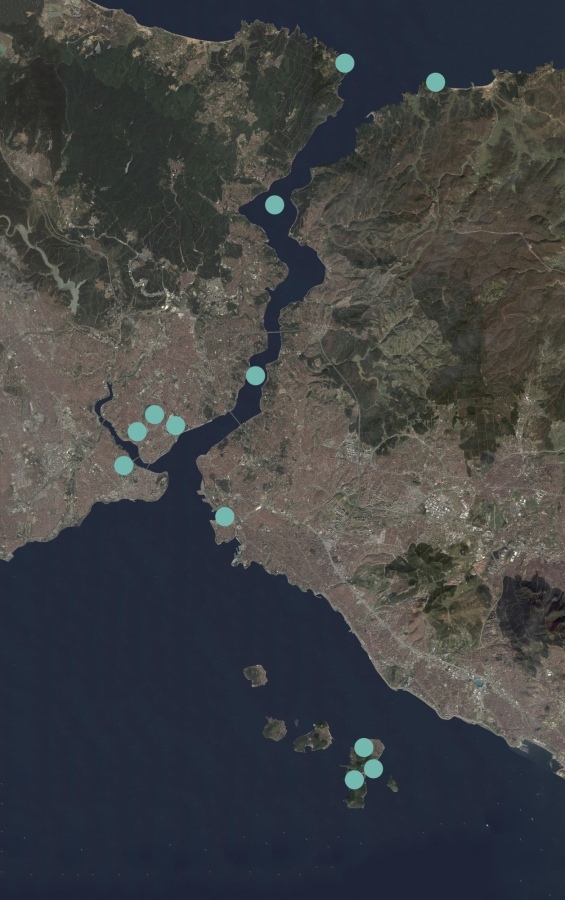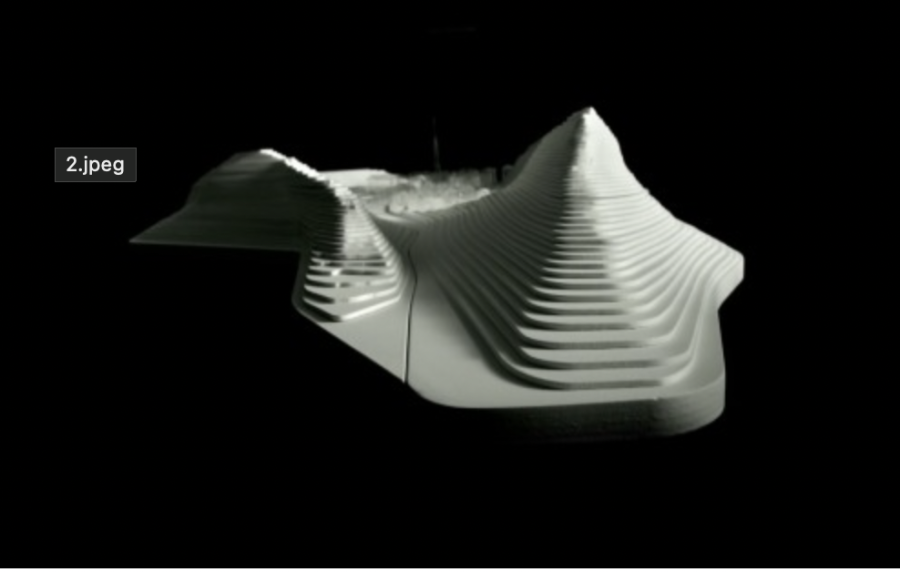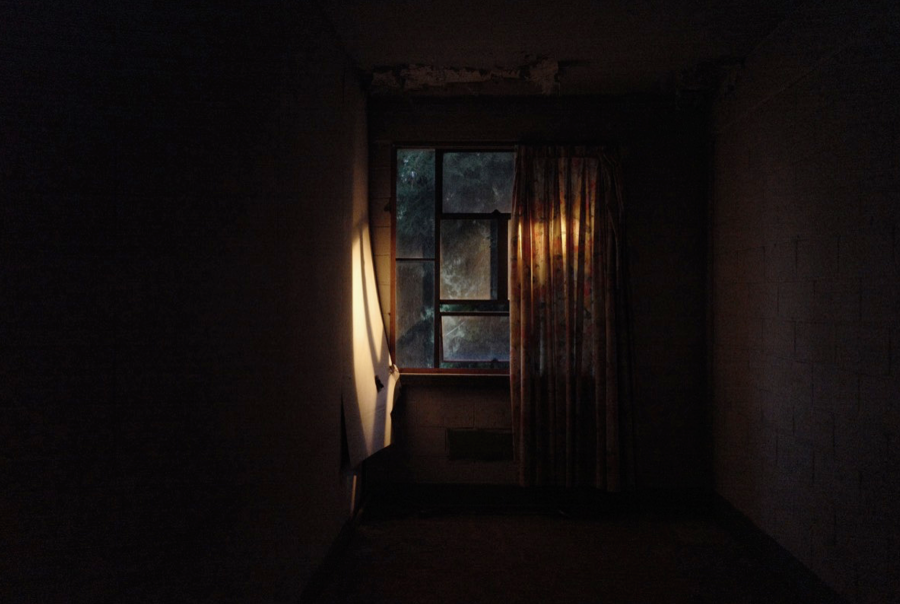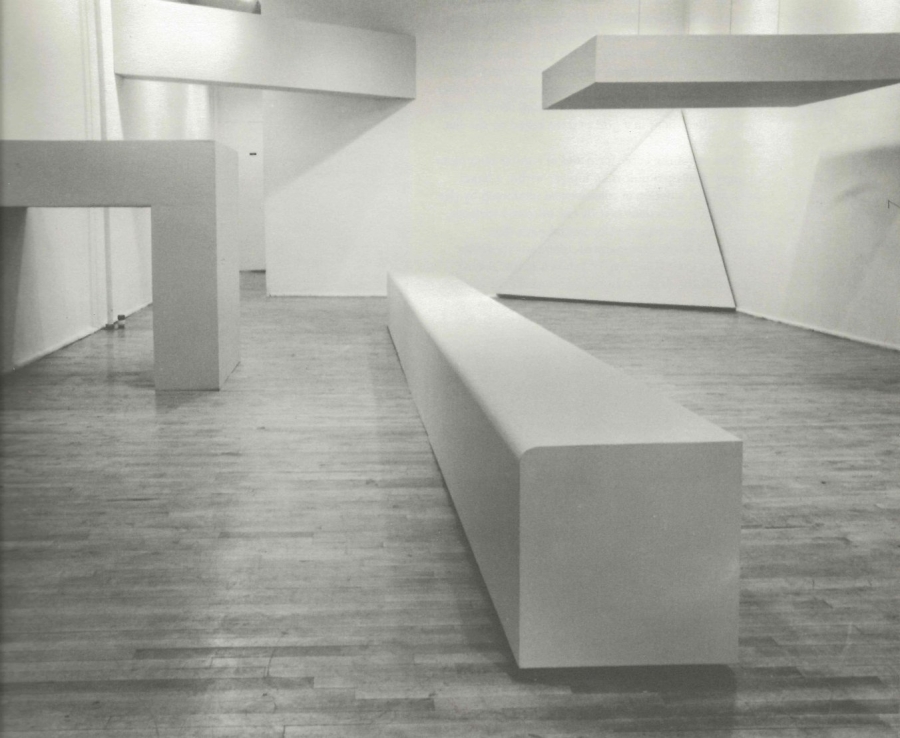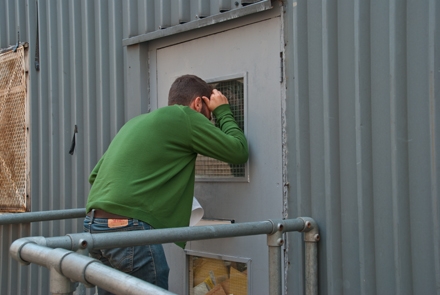건축과 픽션
syllabus
건축과 픽션은 두 대담자가 주목하는 동시대의 ‘건축적’ 실천을 살펴보고, 픽션이라는 개념을 도입해 건축의 문제를 다시 사유해 보는 시도이다.
시작은 건축에 대한 개념적 정의와 그 용어가 가리키는 대상의 실체에 대한 질문이다. 건축은 건물이라는 구조체의 안과 밖에서 일어나는 여러 역학 관계를 내포하는 개념이자 행위이다. 이러한 관계를 설계하는 행위로서의 건축은 구현되지 못할 수많은 ‘건축적 제안’ 위에서 이루어진다. ‘페이퍼 아키텍처’라고 일컬어지는 평면 위의 건축은 실제가 되지 못한 건축적 상상의 잔여물이지만, 그것은 일종의 이미지로서 건축과는 다른 작용의 가능성을 가진다. ‘페이퍼 아키텍처’의 유산은 오늘날 도면을 벗어나 퍼포먼스, 영상 다양한 방식으로 그 상상을 구현한다.
다른 한편 픽션이라는 개념을 도입했을 때 그것은 건축이라는 행위 자체에 대해 다시 숙고하게 만든다. 건축과 픽션이라는 조합은 어딘지 이상하다. 건축은 무엇보다 완고한 물질이자 정교한 디자인 행위인 반면, 픽션이라는 신비는 믿음의 구조를 만들어내는 모든 장치들의 작용을 철저히 의심할 때 등장하기 때문이다. 특히 오늘날의 ‘좋은’ 건축은 픽션의 가능성을 외면하고 단정한 이야기와 평균화된 구조적 삶의 양식만을 남긴다. 바꾸어 말하면 픽션은 오늘의 ‘좋은’ 건축을 불가능하게 한다. 픽션은 유령을 불러들이지만 건축은 그것들을 상상하지 않는다. 하나 짚고 가자면, 여기서 말하는 픽션은 건축이(혹은 영화가, 문학이, 음악이, 미술이…) 디자인하는 가상의 세계나 상상계를 뜻하지 않는다. 예컨대 종교적 건축이 수행하는 숭고함의 생산과 신성의 재현, 쇼핑몰에서 이루어지는 다이나믹한 소비에의 몰두, 아파트가 분화시키는 사회적 계층은 픽션 이라기 보다는 건축이 수행하는 프로그래밍이자 리얼리티의 생산이다. 물론 이러한 프로그래밍은 미시적인 개인의 삶까지 침투한다. 반복됨으로써 성립되는 건축은 관습 없이는 불가능하다. 픽션은 그 프로그램들의 사이에서, 프레임의 바깥에서 우발적이고 일시적으로 출현한다. 픽션은 ‘대안’이나 유토피아, 판타지를 포함하지만 이것들과 등가적이지 않다.
건축과 픽션은 건축이라고 일컬어지는 것의 바깥을 생각하는 시간이다. 그 바깥이란 하나의 견고한 건축물이 생산하는 실제와 간격을 지닌 또다른 실제부터 그 모든 디자인된 프로그램을 거부하는 가장 급진적인 형태의 건축적 개입까지를 포함한다.
Architecture and Fiction looks at the issue of “architectural practice” in contemporary times as well as recap architecture through the concept of “fiction.”
The discussion begins by questioning the very concept of “architecture” that is an inclusive concept encompassing various dynamics at work inside and outside the structure we call “buildings.” At the same time, the term “architecture” refers to all practices relating to such dynamics. Insofar this practice of laying out dynamics around space, many of them remain as proposals. “Paper architecture,” the two-dimensional architecture projects existing as drawings, are mere figments of imagination but have their own power as an image itself. Today, “paper architecture” takes various forms, such as performance or video, allowing architectural imagination to be fully unleashed.
Meanwhile, “fiction” is something of a wild concept with the potential to raise troubling questions about architecture. Architecture and fiction make an odd pair, to say the least. While architecture is a practice of designing structures with precision using solid materials, fiction is an unknown quantity that emerges when the functioning of all apparatus in which we have had faith is cast in doubt. What we believe as “great architecture” today is something that radically parts ways with fiction but builds a well-defined story and a standardized well-structured lifestyle. As such, fiction makes “great architecture” an impossibility. Fiction invokes ghosts, but architecture stops short of imagining them. The term “fiction” as used here does not refer to a virtual or imaginary sphere designed by architecture (or by films, literature, art, etc.). For example, religious buildings enable the production of solemnness; shopping malls make shoppers engrossed in consumption; and apartment buildings divide people into different socioeconomic classes. These are examples of programming by architecture and realities produced by it; hence, the opposite of fiction. Such programming penetrates people’s lives deeply, influencing them even in the most intimate areas of their existence. Moreover, convention is indispensable to architecture as its existence rests upon repetition. Fiction, on the other hand, is something that suddenly occurs between these programs, without warning, outside the conventional frame of reference. Fiction is not the same as or reducible to an “alternative,” utopia, or fantasy, even though these are all a variant of it.
In Architecture and Fiction, the two panelists discuss the territory outside architecture. This outside territory ranges from another type of reality distanced from the kind of reality produced by a sturdy architecture to the most radical forms of architectural intervention that vehemently reject all designed programs.
